Staying in a castle is one way to bring a little enchantment to a European getaway. Instead of a homestay for your next trip, here are some of the best castles to stay in Europe, sorted by country:
- Best castles in Europe: England
- Best castles in Europe: France
- Best castles in Europe: Germany
- Best castles in Europe: Ireland
- Best castles in Europe: Italy
- Best castles in Europe: Portugal
- Best castles in Europe: Romania
- Best castles in Europe: Scotland
- Best castles in Europe: Spain
- Best castles in Europe: Wales
World Nomads
Want to plan a fairytale trip in Europe? Before you jet off, it’s important to make sure you have the right travel insurance to cover you along the way. World Nomads offers simple and flexible travel insurance which you can buy at home or on the road. They also offer loads of advice to help you travel more confidently. So what are you waiting for, get a quote today!
Best castles in Europe: England
Amberley Castle (Amberley, West Sussex)
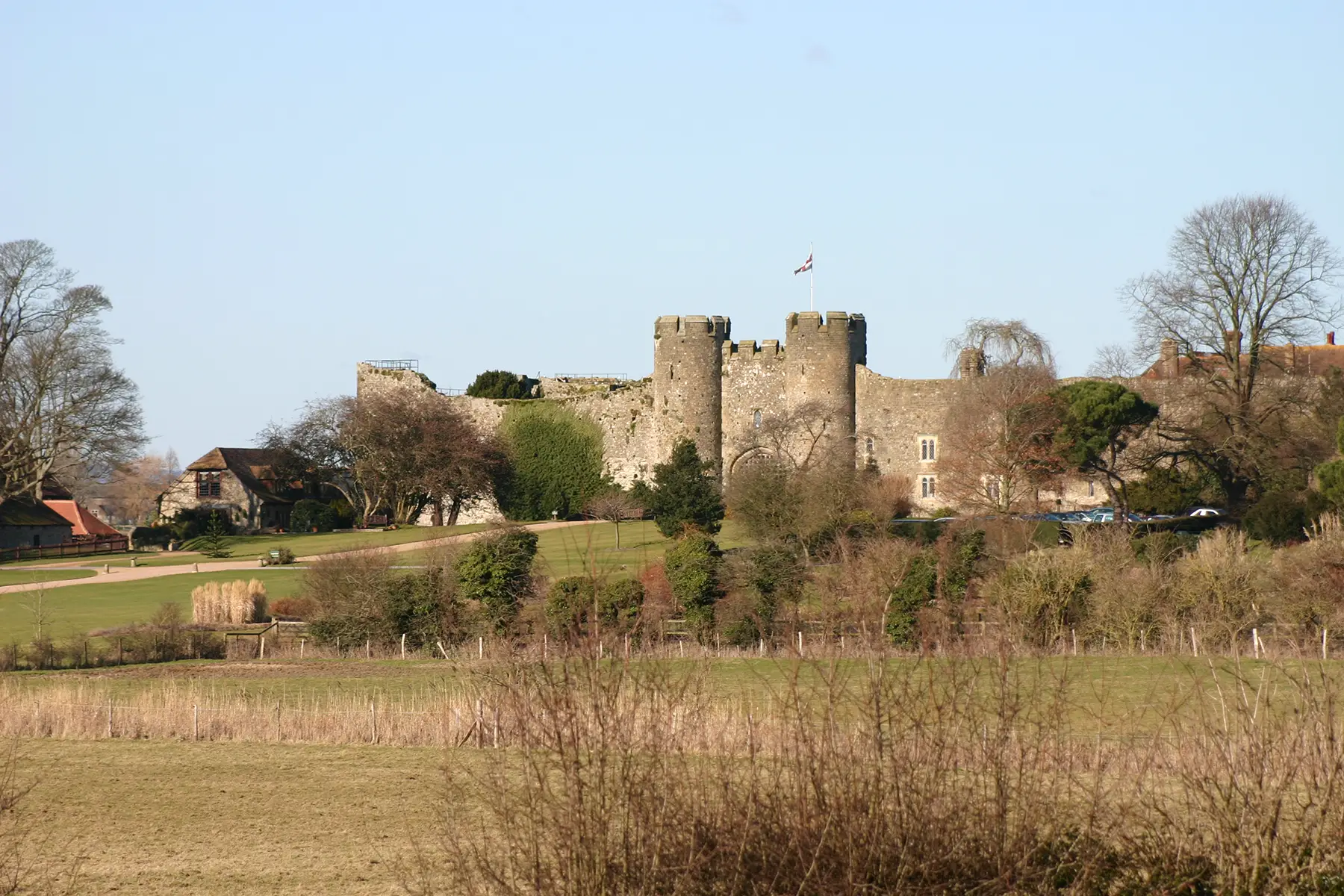
In 1103, a bishop built a hunting lodge on the grounds. Eventually, Amberley Castle received a stole hall (1140) and an eastern wing (1200). After the dissolution of the monasteries, the castle was leased for the first time to a tenant: the Crown. Amberley Castle was returned to the Bishopric in 1660 and they held the property until 1893.
The castle often hosts unusual events, such as one featuring bizarre produce from Australia.
Thornbury Castle (Thornbury, South Gloucestershire)
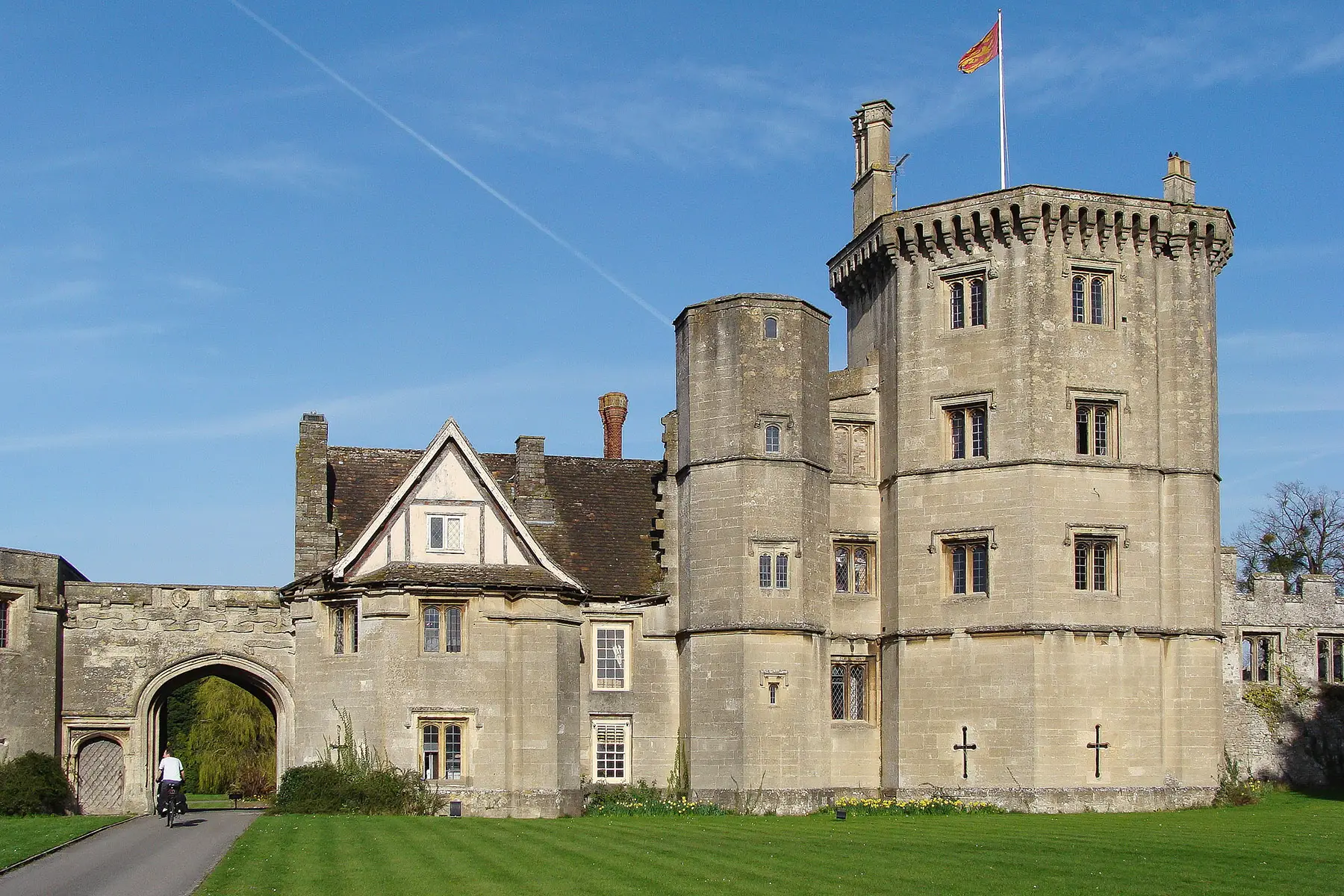
First mentions of the Thornbury Castle date back to the tenth century. The full history sounds straight out of a fantasy novel, full of romance, imprisonment, betrayals, and beheadings. You can stay in the bedchamber once occupied by King Henry VIII and Anne Boleyn.
Best castles in Europe: France
Château de Castel Novel (Varetz, Corrèze)

Situated on top of a rock and constructed mostly between the thirteenth and fifteenth centuries, the true architectural style lies in the eighteenth century. Following centuries of ownership by the region’s elites, the current owners of the castle are famous for politics and writing. Eventually, the castle was transformed into a high-end hotel and restaurant in 1956. Canoeing, kayaking, fishing, and golfing are just some of the activities that can be done nearby.
Best castles in Europe: Germany
Schloss Hornberg (Hornberg, Baden-Württemberg)
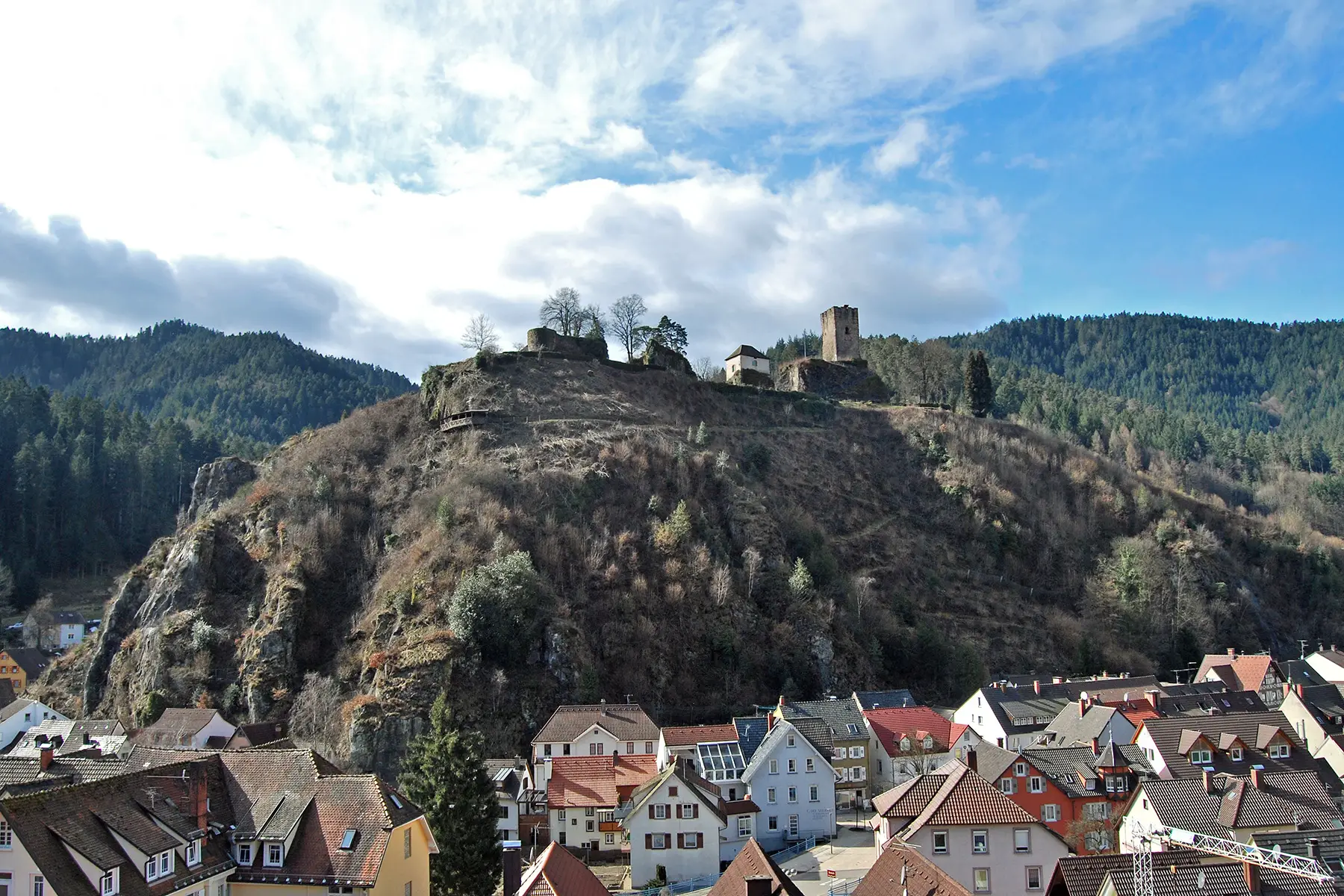
A knight’s castle dating back to the 11th century. In 1517, it became a residence. The Barons of Gemmingen bought Schloss Hornberg in 1612; the family still owns the castle today. A hotel and restaurant have been operating out of the castle since 1953.
They hoteliers at the castle offer a knight’s meal for 20–120 people, complete with period-speak, musicians, and jugglers. In addition, the hotel prepares the feast according to original recipes, using spices and ingredients from the middle ages.
Schloss Hugenpoet (Essen, Nordrhein-Westfalen)

Originally built during the Middle Ages, the castle was destroyed after the 30 Years’ War and rebuilt in 1647 to its current form. The idea to use it as a hotel originated around 1955; it currently holds membership in the Leading Small Hotels of the World.
Hugenpoet was named after the toads (hugen) that once lived in the moat (poet means ‘puddle’ in German). Little toad emblems are still around the castle — including as menu adornments and on staff lapel pins — to honor this legacy.
Schloss Lembeck (Lembeck, Nordrhein-Westfalen)
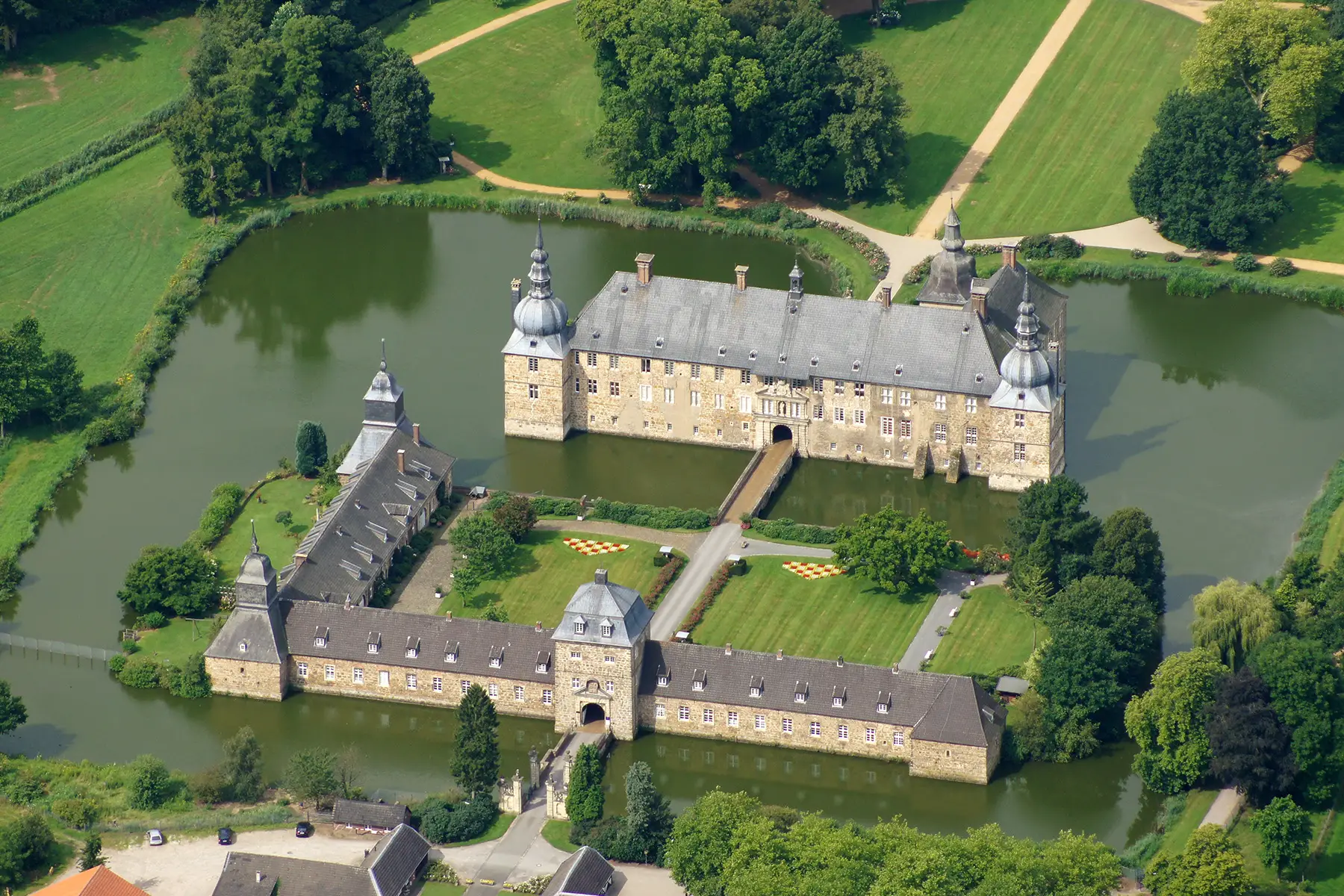
The origins of this castle date back to the 12th century; the Merveldt family has owned the castle for about 600 years. Eventually, Schloss Lembeck was reconstructed and enlarged in 1692. Schloss Lembeck celebrated the 300th anniversary of the reconstruction in 1992 with concerts, equestrian tournaments, and theater performances.
The Merveldts abandoned the castle as a residence in the 1970s due to high maintenance costs.
Schloss Spangenberg (Spangenberg, Hesse)
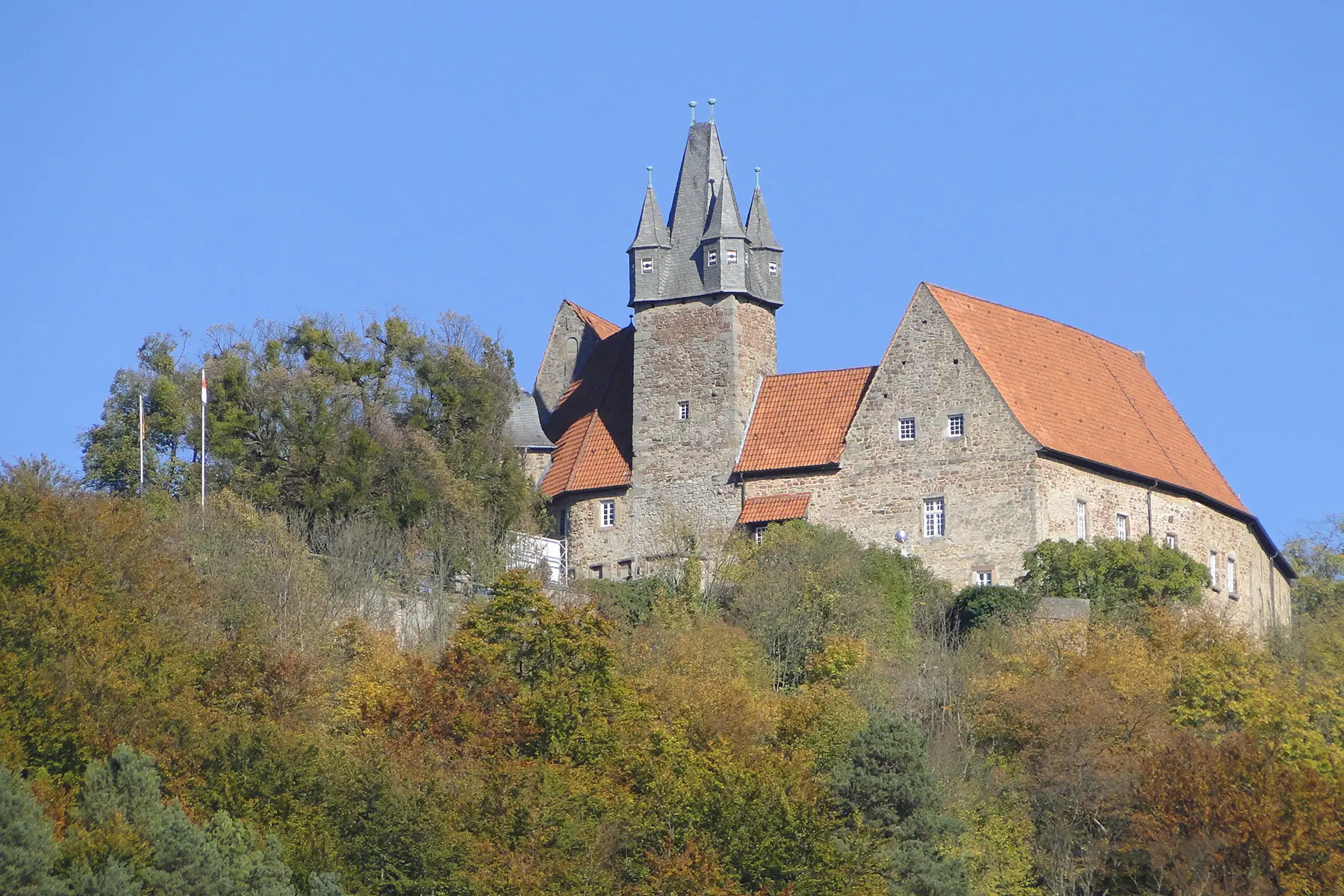
Built by knights in the 1200s and added to over the centuries by the counts of Hesse and Count Wilhelm IV. Schloss Spangenberg survived the 30 Years’ War; however, the French took the castle in the Seven Years’ War. It has since been restored after being damaged during the Second World War.
Best castles in Europe: Ireland
Ashford Castle (Cong, County Galway)
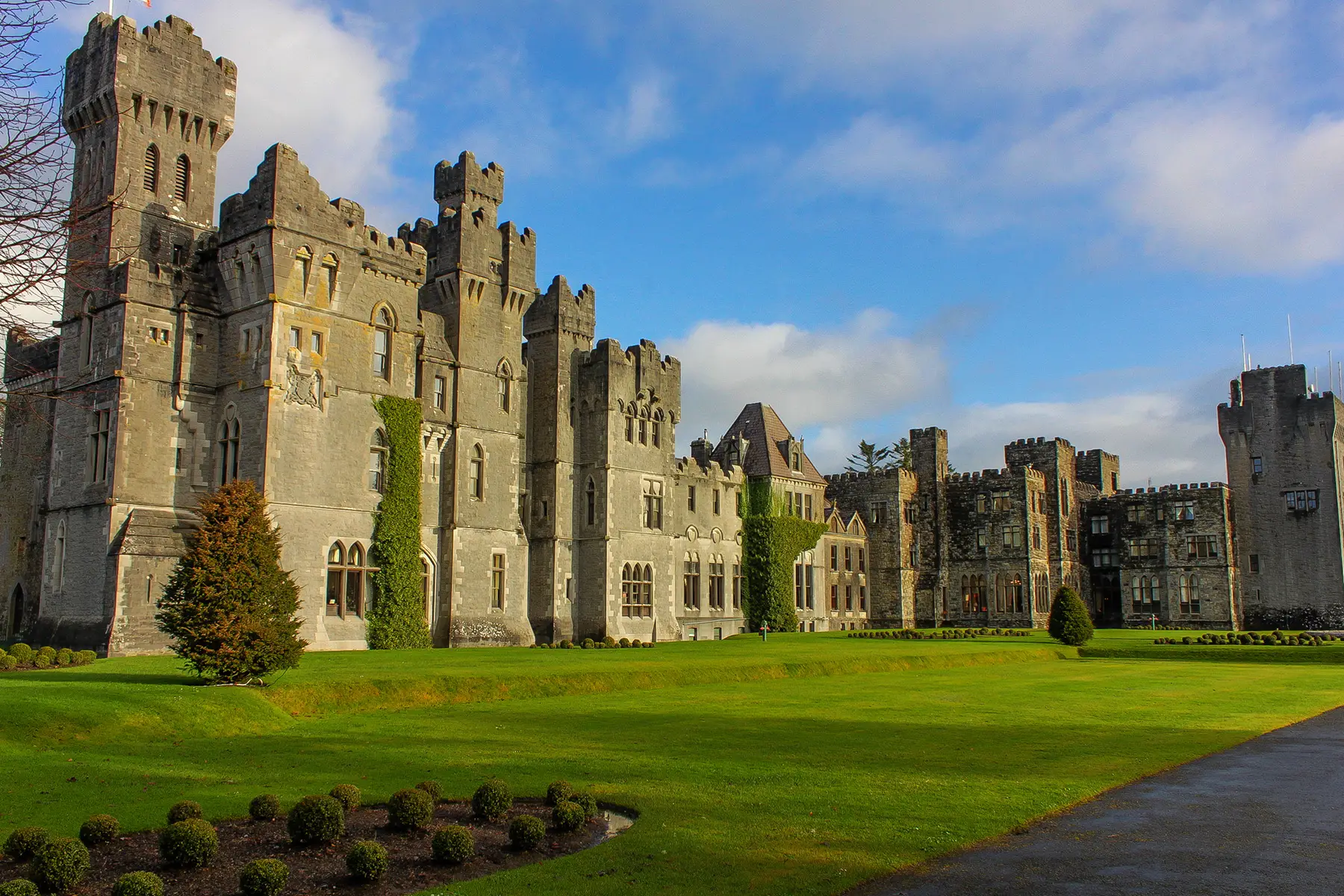
Originally built in 1228, Ashford Castle changed hands a few times and was extended over the centuries by its various owners. Eventually, it opened as a hotel in 1939. Previous guests include John Lennon, George Harrison, Ronald Reagan, Brad Pitt, John Wayne, and Pierce Brosnan.
Best castles in Europe: Italy
Castelbrando (Cison di Valmarino, Veneto)
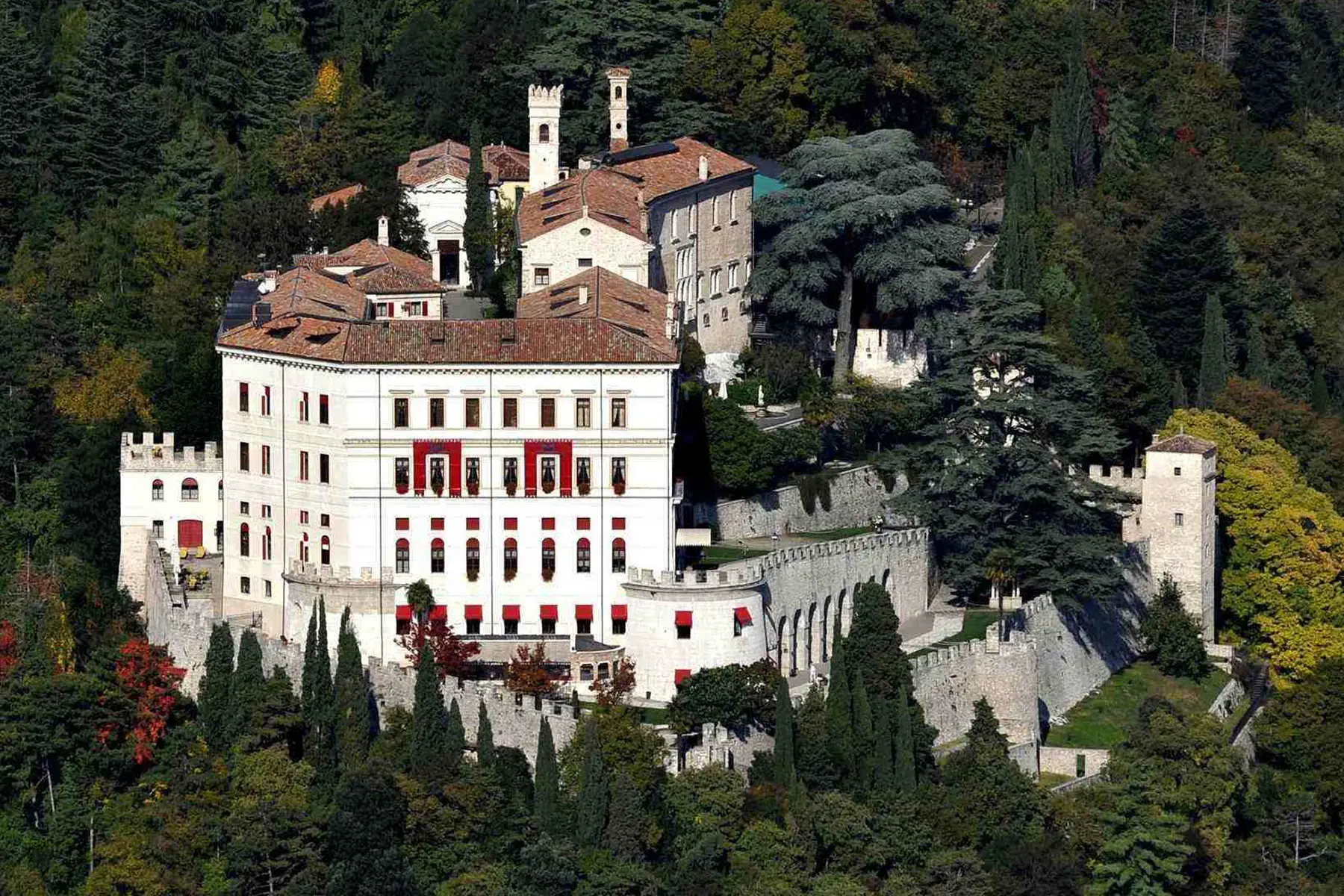
Built in the early Roman period, the original castrum — from 46 AD — is still visible. Castelbrando’s position protected the communication lines between northern Italy and countries on the other side of the Alps. During the 13th century, owners added an extension; in the 1500s, the owners added yet another extension to the central section. In addition, Castelbrando received extensions to the southern section of the building in 1700. Eventually, the castle opened as a monastery and a center for spiritual studies in 1959. It again changed hands in 1997; ultimately, owners renovated the castle and opened it as a hotel and museum.
Best castles in Europe: Portugal
Castelo de Óbidos (Óbidos, Leiria)
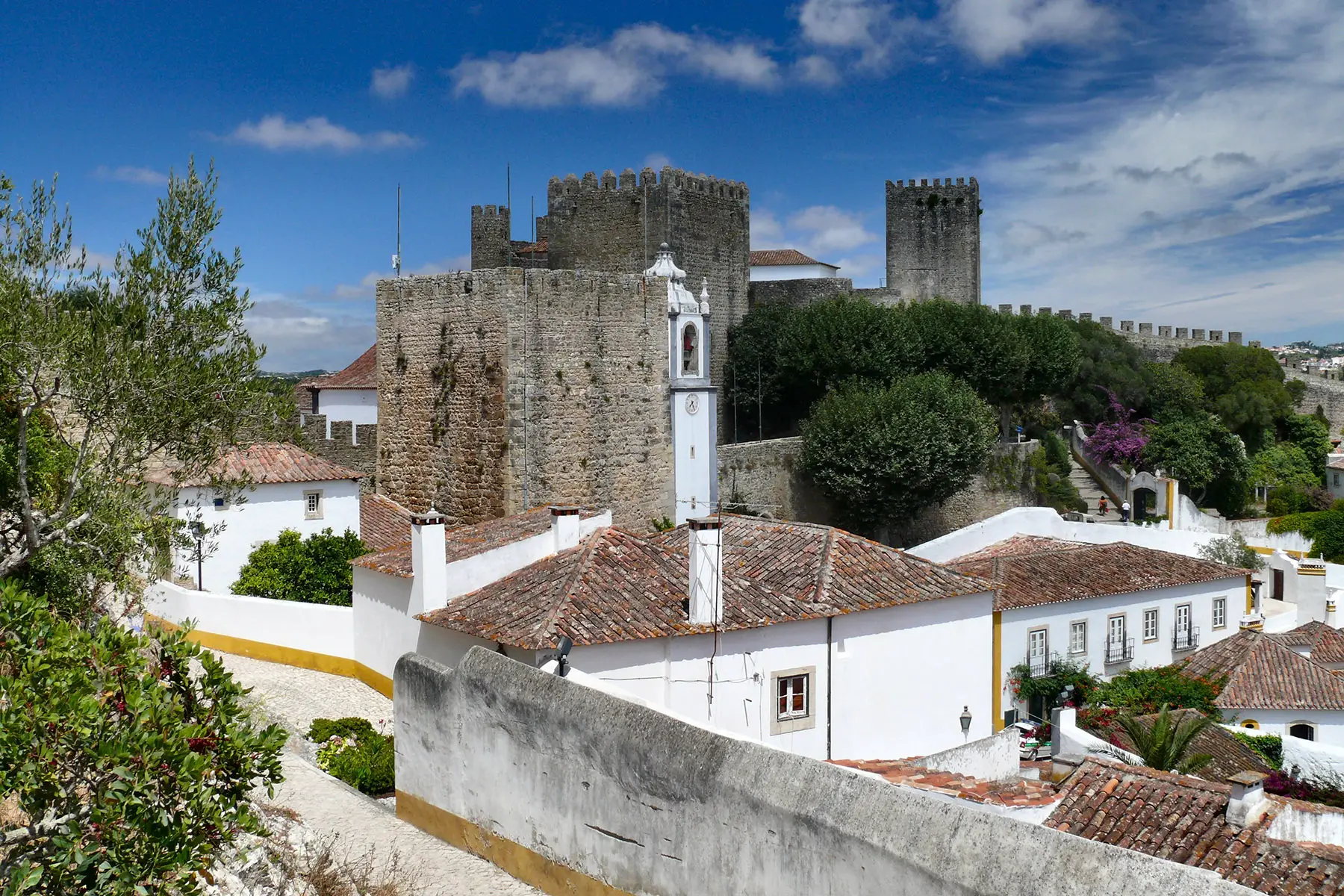
Human occupation on the site dates to prehistory. The first reference of the castle was in 1153; however, serious damage befell the castle during an earthquake in 1755. Soldiers fired the first shots of the Battle of Roliça in 1808 here, at the first defeat of Napoleon’s army in the Peninsular War. In 2007, it was elected as one of the Seven Wonders of Portugal. In fact, the entire town of Óbidos is a UNESCO World Heritage Site.
Best castles in Europe: Romania
Castelul Bran (Bran, Brașov)

In 1377, the Saxons of Kronstadt received permission for building the citadel. In 1378, the castle was used as a defense against the Ottoman Empire, and also as a customs post at the mountain pass between Transylvania and Wallachia. It then became a royal residence within the Kingdom of Romania, being the primary residence of Queen Marie.
In 1948, the communist regime seized the castle after expelling the royal family from Romania. Eventually, the government returned the castle to Archduke Dominic of Austria-Tuscany, the son and heir to Princess Ileana. It has been a museum since 2009.
Castelul Bran is best known for its’ association with Bram Stoker’s Dracula. There is no evidence that it was ever the home of Vlad Tepes, the count who apparently inspired the character. However, it’s likely he used the castle during his raids into Transylvania. It is also not a hotel; however, the Round Tower can be turned into a luxurious apartment for tourists wanting to spend the night.
Best castles in Europe: Scotland
Glenapp Castle (Ballantrae, South Ayrshire)
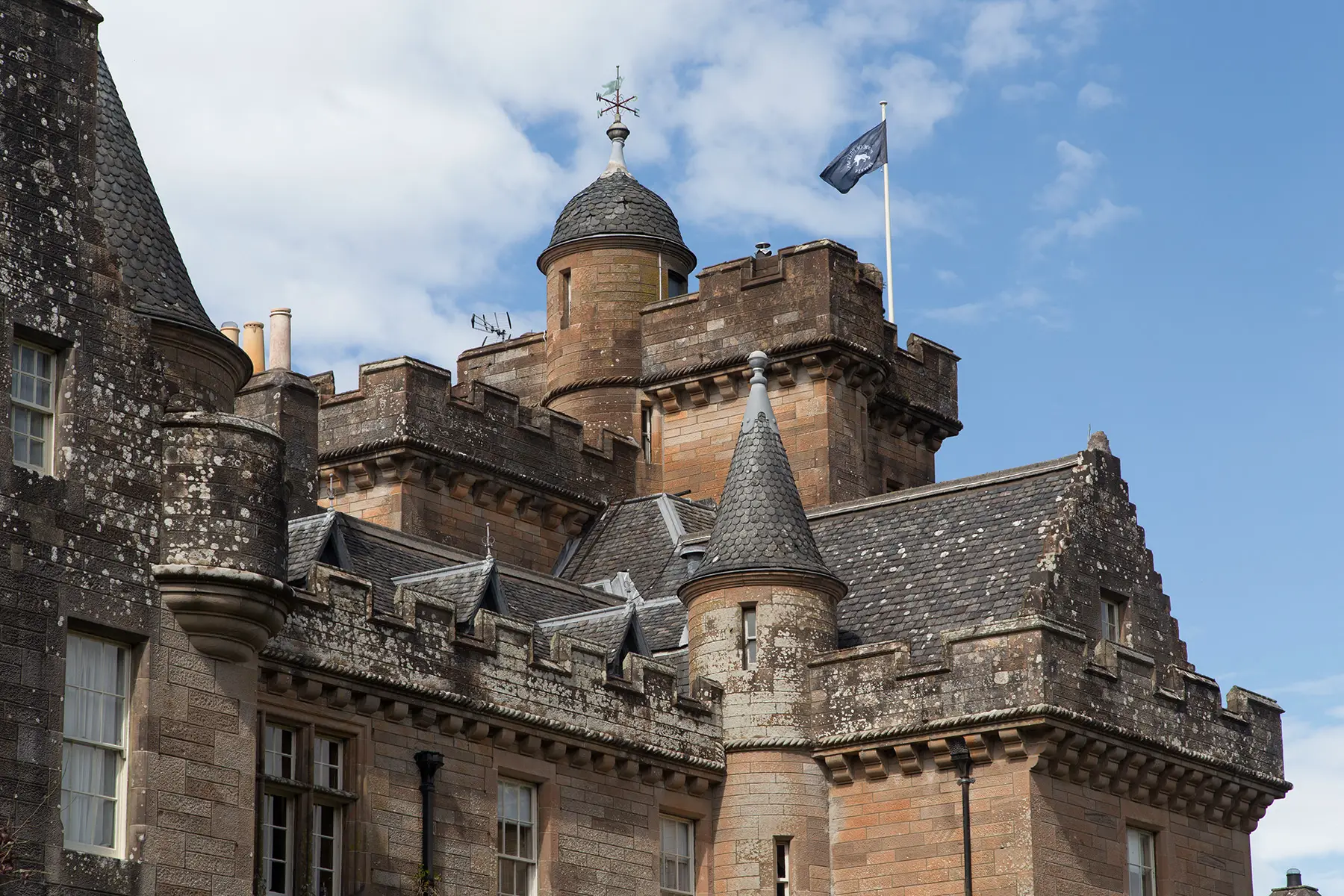
David Bryce designed and built the castle in 1870 for James Hunter, the Deputy Lord Lieutenant of Ayrshire. Between 1917 and 1982, the first Earl of Inchcape owned Glenapp Castle and expanded it considerably to its current size. Eventually, local hoteliers purchased the castle in 1994. They restored the neglected castle and opened it as a luxury hotel in 2000.
Best castles in Europe: Spain
Castell de Cardona (Cardona, Barcelona)
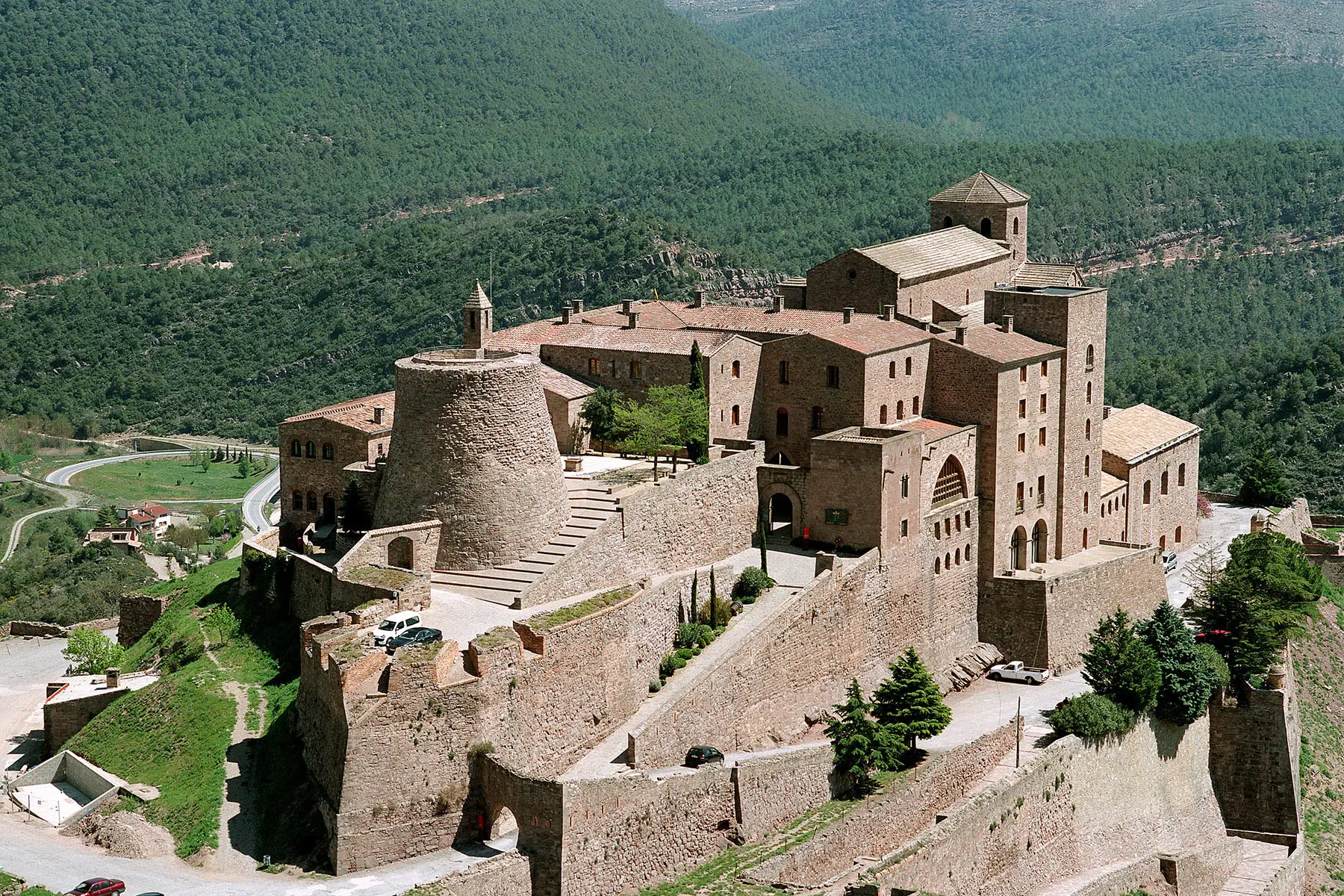
King Louis the Pious build the original castle in 789 as a strong point to secure territories taken back from the Moors. Construction on the current form of the castle began in 1020. It has withstood wars, surviving attacks from the French and Spanish during the War of the Spanish Succession, a siege during the Peninsular War, and an attempt by the Carlists during the Spanish Civil War. Room 712 of the hotel is supposedly haunted by a ghost dressed in a leotard and period costume.
Castillo de Monda (Monda, Andalucía)
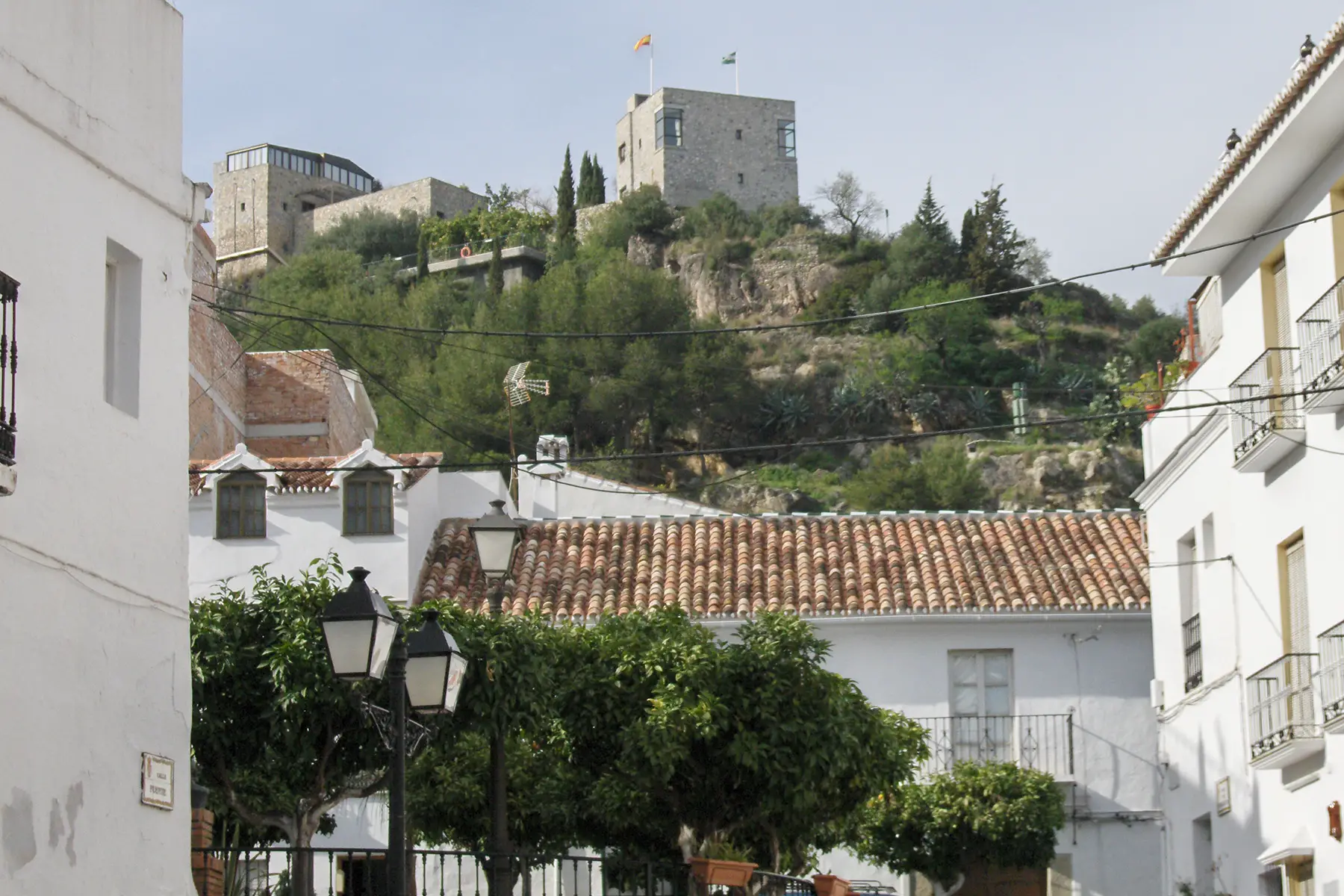
The Moors laid the first foundations of this castle, which the Christians took in 1485. A Moorish uprising subsequently razed the castle in 1570. The castle laid in ruins for over 400 years; however, local authorities finally restored the ruins in the 1970s. According to local legend, the Battle of Munda in 45 BC between Julius Caesar and Pompeii occurred here.
La Alhambra (Granada, Andalucía)
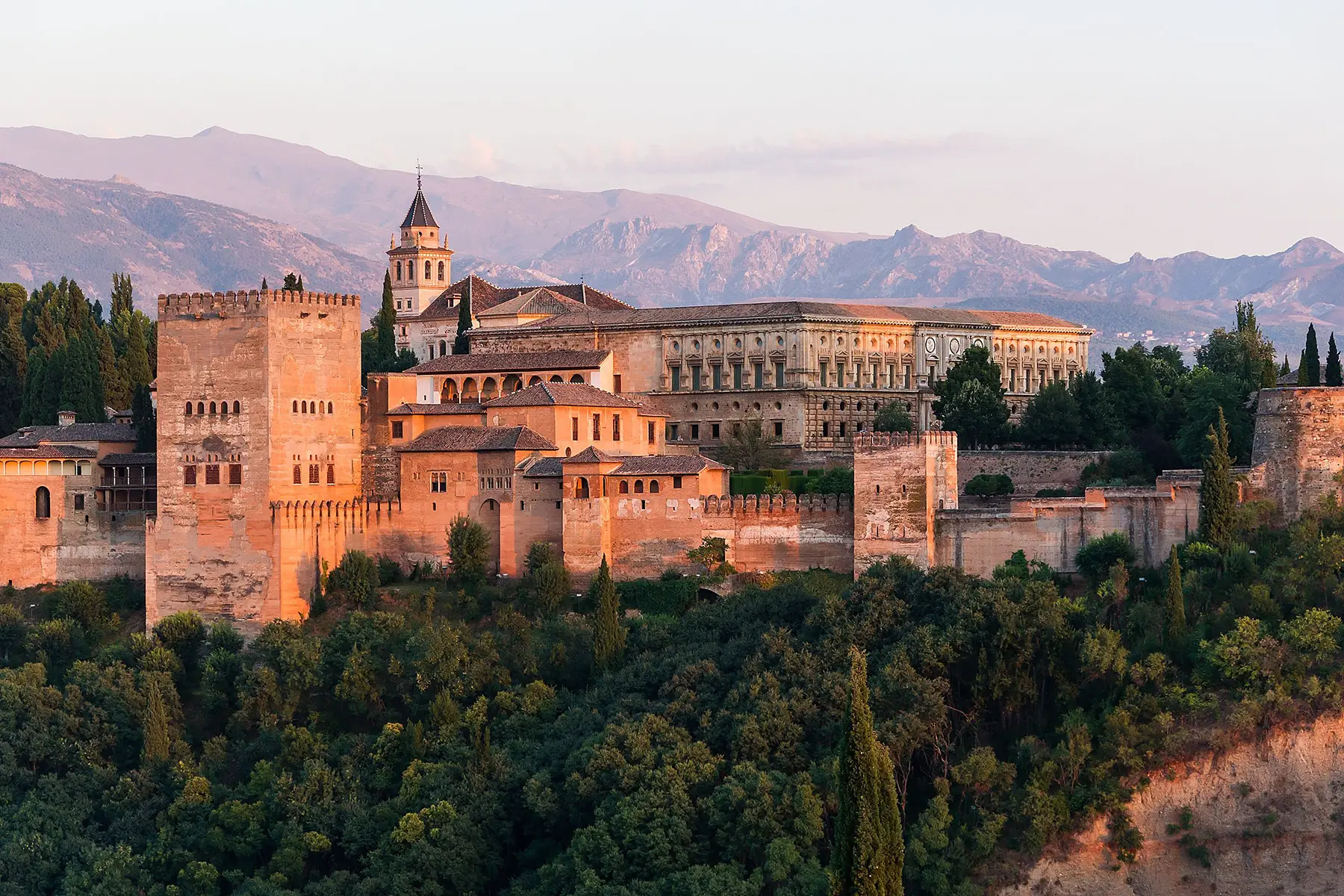
This hotel is part of the palace and mosque of the Alhambra, which began construction in 1238. The parador was built between 1332 and 1354; Franciscans later converted it to a convent. Spanish kings were once buried in the former chapel part of the building; the Spanish state no longer buried monarchs here, however.
Parador de Olite (Olite, Navarra)
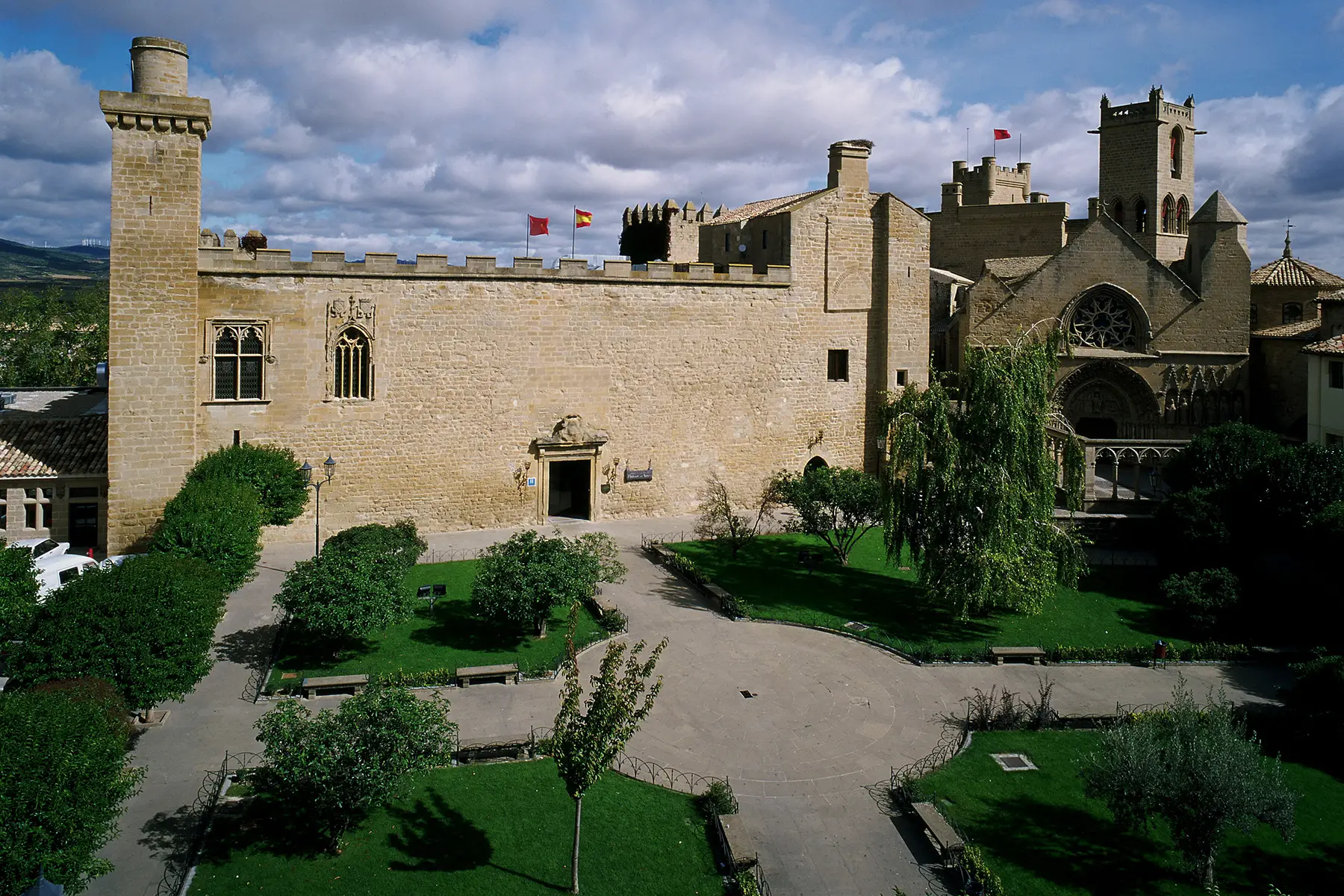
Built over the course of a decade by Charles III as his summer residence during his reign from 1357–1425. In 1512, the castle was invaded by his grandson, who was unhappy about being left out of the royal succession. It later suffered severe damage during the 17th century, and again during the Napoleonic Wars. When booking a room, request a room inside the historic castle. There’s no additional charge, but it’s much more atmospheric.
Real Monasterio de Nuestra Señora de Guadalupe (Guadalupe, Extremadura)
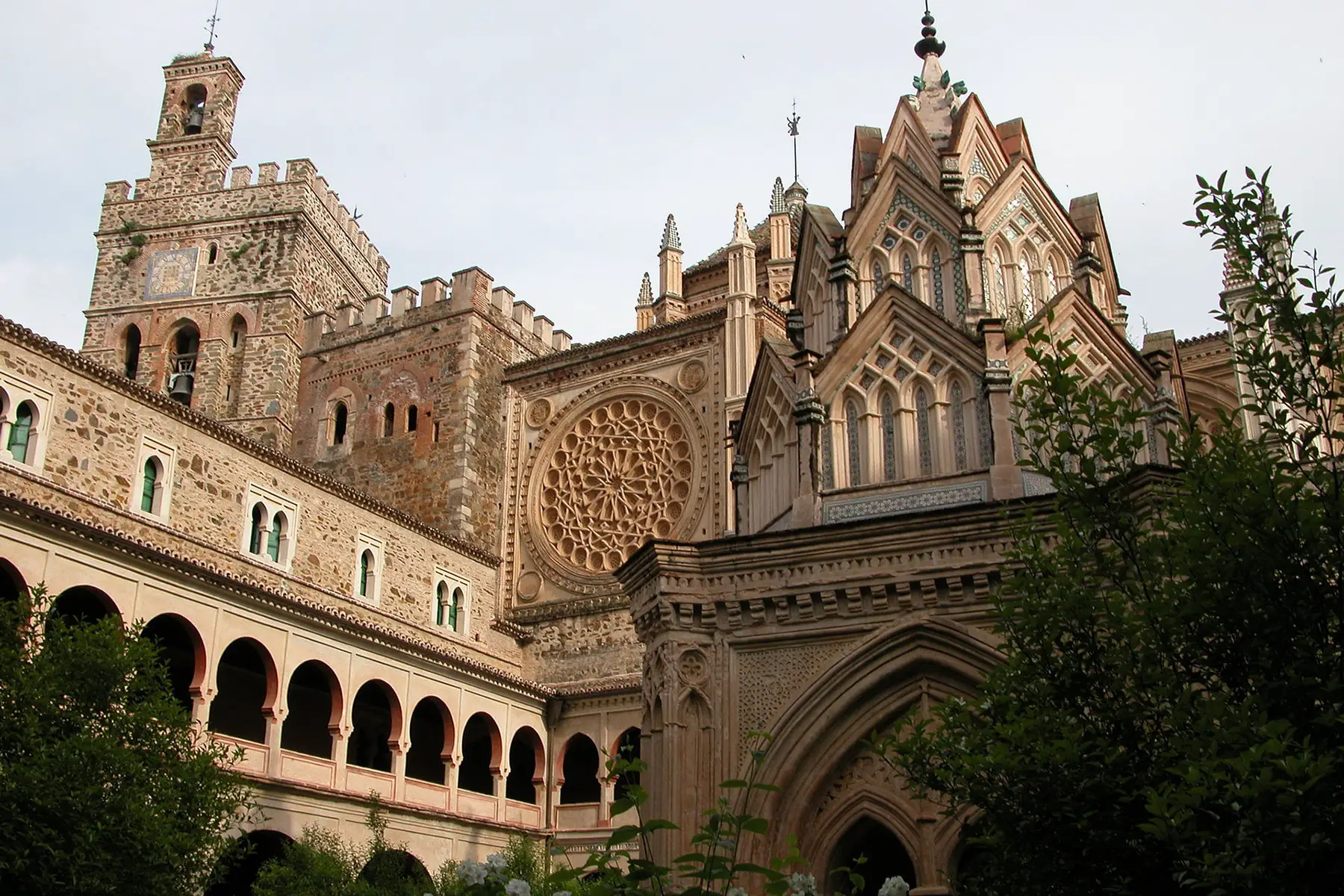
This site was originally home to a small chapel; King Alfonso XI later replaced it with a hermitage. The Hieronymites took care of the building between the 15th and 18th centuries. Ferdinand and Isabella signed the documents authorizing Columbus’s first voyage to the New World in the monastery. Eventually, the monks abandoned the monastery in the 1800s; French forces later looted it during the Peninsular War. Franciscan monks maintain the building now and it houses a hotel.
Guadalupe is home to the shrine of the Virgin of Guadalupe, which originally came from the Greek island of Parmos. While transporting the statue to Guadalupe, looters attacked the party. To save the statue, the party buried it in a nearby field, where it lay for 600 years.
Best castles in Europe: Wales
Margam Castle (Margam, Port Talbot)
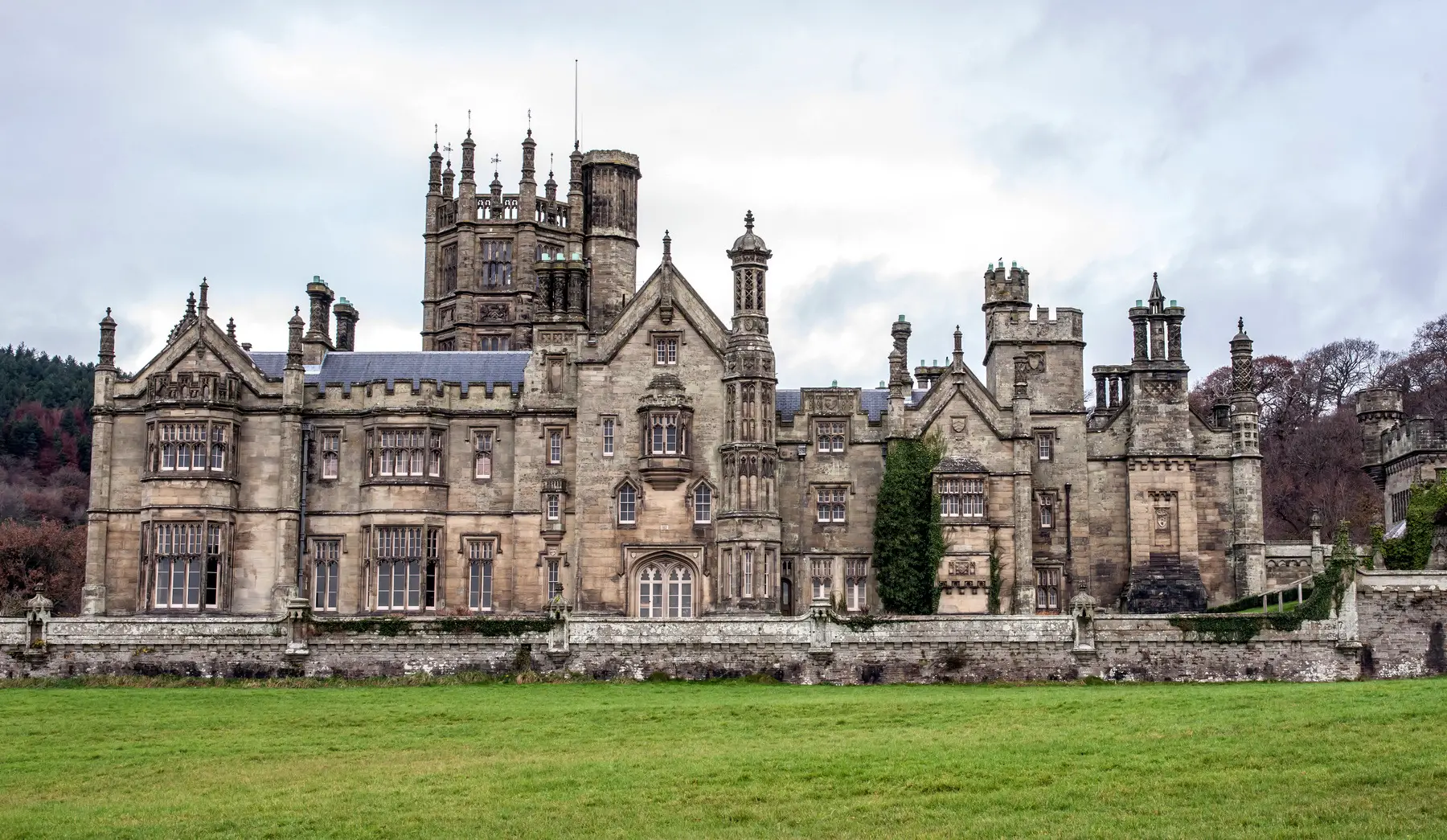
Built between 1830 and 1840, the castle is actually a Victorian era mansion with a mock castle style. There is also photographic history here: William Henry Fox Talbot, a British inventor, was a frequent visitor, choosing the castle as his subject in some of his photographic experiments.
Margam Castle is also the subject of the earliest Welsh photograph, a daguerreotype taken by the Reverend Calvert Richard Jones in 1841. The entrance hall has been open to the public since 1992.
This castle is also notoriously spooky. It’s been visited and investigated by Most Haunted (2006) and Ghost Hunters International (2010). There are no beds; however, enthusiasts can camp in Margam Country Park, in which the castle sits.




